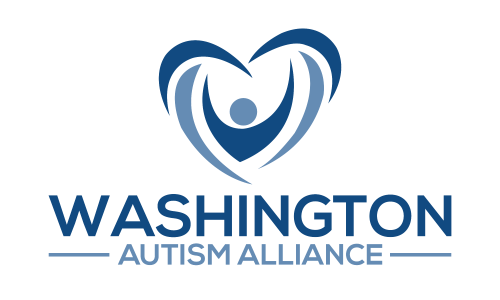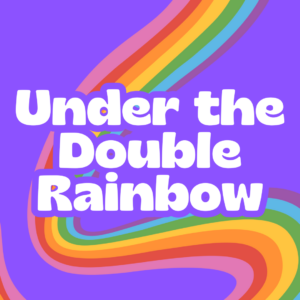In recent years, studies have begun to show that autistic individuals may identify as LGBTQIA+ at a higher rate. For many, the journey of self-discovery in terms of gender and sexuality can resonate with the autistic experience of navigating a world with neurotypical and cisheteronormative standards.
This intersection can bring unique challenges. Individuals navigating life as both autistic and queer may experience a greater sense of isolation, sometimes feeling like they don’t fully fit into either community. Social interaction, which is already complex for many autistic people, can be further complicated when factoring in the often unspoken rules and expectations within LGBTQIA+ spaces.
Expressing emotions, which can sometimes be a challenge for autistic individuals, may cause additional obstacles when exploring gender and sexuality. A delayed understanding of one’s feelings, along with potential difficulties in interoception (the ability to sense internal bodily states, including emotional ones), may draw out the process of exploring one’s identity.
Additionally, individuals at this intersection may face multiple layers of assumptions and stereotypes. They might encounter misconceptions about autistic people and their ability to maintain relationships or understand their identity, along with biases that have historically existed in our society against the LGBTQIA+ community.
Personal Experience
At our recent Online Academy event, Under the Double Rainbow, we had three autistic panelists who are also members of the LGBTQIA+ community. One community member, Mash Makhlyagina from Neuro Support Services, discussed their experiences living within this intersection in addition to coming to the United States as a child and being an ESL student. They felt that in some ways, they were triple-punished by the school system for their autistic behaviors (i.e., blurting things out in the classroom), demonstrating gender non-conforming traits, and not always understanding the language used at school. This often made them feel like school wasn’t made for them, which then inspired them to become an educator and coach so that they could offer support to kids like them.
Needed Changes
More visibility
Seeing autistic individuals who are also LGBTQIA+ represented in media and within the community helps create a sense of belonging and challenges the false narratives surrounding both identities.
Educated Providers
In order for people to receive the support they need, there needs to be a large pool of therapists and other service providers who are educated about this intersection and are affirming of both autistic and queer identities.
More Community Networks
Finding community is one of the best ways for people to feel less alone. Forming networks where autistic and LGBTQIA+ individuals can connect leads to a sense of belonging. This is something that therapists and other community leaders can create and facilitate.
Allyship
It is important for loved ones and allies to actively listen to and amplify the voices of autistic individuals within the LGBTQIA+ community. This is vital in the effort to dispel negative stereotypes and to foster acceptance.
Conclusion:
While there is still research to be done surrounding the intersection between autism and gender/sexuality, there is no doubt that there is a need for continuing growth in acceptance and understanding for people with these identities. The Washington Autism Alliance is dedicated to providing resources and support to all members of our community.
Sources:
The Cass Review – Independent review of gender identity services for children and young people
LGBTQ + and autism spectrum disorder: Experiences and challenges


